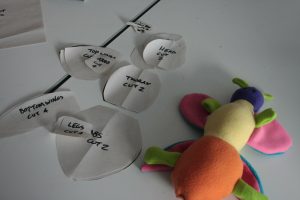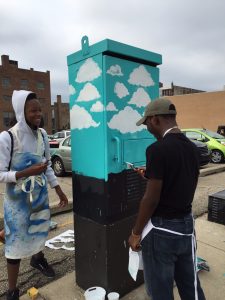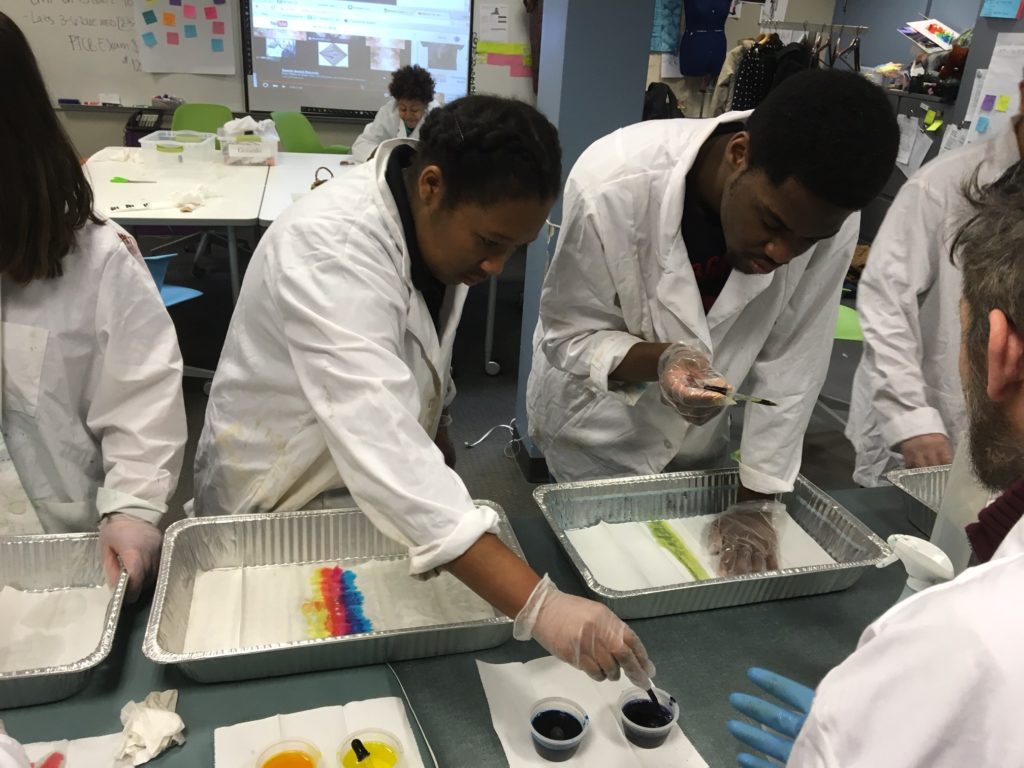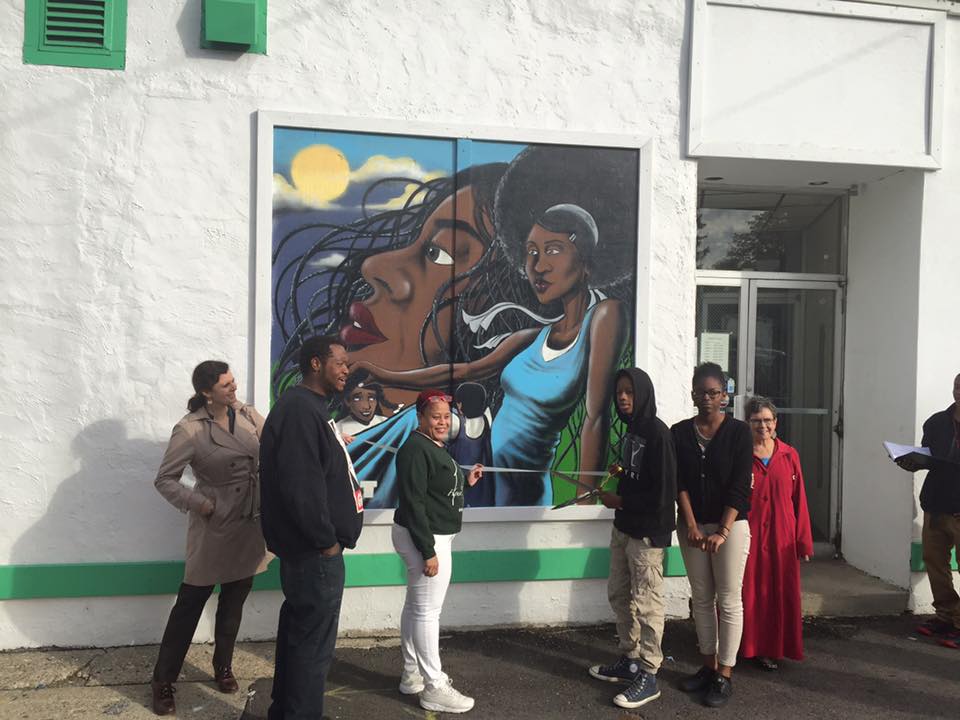 Striking photography portraits on city buses that empower, plush toys designed in support of children in transitional housing and a mobile application that helps teens feel more connected to their city…what do these things have in common? These ideas became a reality thanks to the ingenuity and dedication our WMCAT teens have displayed using the Design Thinking Process. Since 2012, our instructors at the West Michigan Center for Arts + Technology have been actively threading this dynamic process into our Teen Arts + Tech Program curriculum.
Striking photography portraits on city buses that empower, plush toys designed in support of children in transitional housing and a mobile application that helps teens feel more connected to their city…what do these things have in common? These ideas became a reality thanks to the ingenuity and dedication our WMCAT teens have displayed using the Design Thinking Process. Since 2012, our instructors at the West Michigan Center for Arts + Technology have been actively threading this dynamic process into our Teen Arts + Tech Program curriculum.
At WMCAT we want to inspire and empower local urban high school students to be part of the answer and to lead social change in a positive, equitable way. Through the Design Thinking Process, our teens have been able to practice inquiry, critical thinking and real life problem solving by tackling community issues and developing creative solutions. Design Thinking has entrepreneurial roots and we have found that by increasing engagement with smaller groups of  students and consistently practicing this methodology, positive change can occur. Design Thinking is making waves across West Michigan, but for many, there is still one unanswered question…what is it?
students and consistently practicing this methodology, positive change can occur. Design Thinking is making waves across West Michigan, but for many, there is still one unanswered question…what is it?
Design Thinking is a problem solving approach defined, practiced and advanced by the Hasso Plattner Institute of Design at Stanford University (the d.school). WMCAT staff and teaching artists have attended intensives and coaching fellowships through the d.school and the Henry Ford Learning Institute, and, for the last several years, we have been implementing this cutting-edge approach in the WMCAT after school program. One WMCAT teaching artist meets with a group of 8-12 high school students twice weekly throughout the school year and together, these innovators work through the following steps as they tackle short-term and longer projects:
-
- Discover: Find your passion, define a problem or describe an issue affecting your community. Take this time to empathize with stakeholders and gain a deeper understanding of the part your group could play in finding a solution.
- Ideate: Brainstorm potential solutions, cast your net wide and let creativity take flight.
- Experiment: Narrow your lens and try out a couple ideas. Make a prototype, sketch some designs and further develop your thoughts.
- Create: Make an idea come to life and develop a real solution, go for it!
-
- Refine: Solicit feedback from others and further refine the final product.
-
- Share: Share your artifact with the community and in doing so, empower yourself and others. Confidence is contagious.
This process can be related to any medium across the spectrum of arts and technology and serves as the crux of our teen programming. Our goal is to encourage and inspire social impact and civic engagement. Through Design Thinking and using artistic expression and technological advancement, our students have the opportunity to meaningfully engage with their community. This can have a lasting impact.
 For example, illustration students used Design Thinking to gather community input and observe public art in preparation for a series of murals. Through this process, they learned that people wanted to see something uplifting and discovered a lack of murals that honored social justice heroes of color. Using this information, they dove into ideation and began sketching, thinking and eventually painting. Now iconic figures, like Frida Kahlo and Gandhi, adorn 5 utility boxes in downtown Grand Rapids. This is just one example of many that come out of our Teen Arts and Tech Program annually.
For example, illustration students used Design Thinking to gather community input and observe public art in preparation for a series of murals. Through this process, they learned that people wanted to see something uplifting and discovered a lack of murals that honored social justice heroes of color. Using this information, they dove into ideation and began sketching, thinking and eventually painting. Now iconic figures, like Frida Kahlo and Gandhi, adorn 5 utility boxes in downtown Grand Rapids. This is just one example of many that come out of our Teen Arts and Tech Program annually.
At WMCAT, we seek to elevate the voice of teens in West Michigan. We believe that Design Thinking has the potential to go beyond application in our after school program. It is a problem solving strategy that, if used correctly, could help our students achieve academic and personal success now and in the future.
For more information on Design Thinking please visit the Hasso Plattner Institute of Design here.



